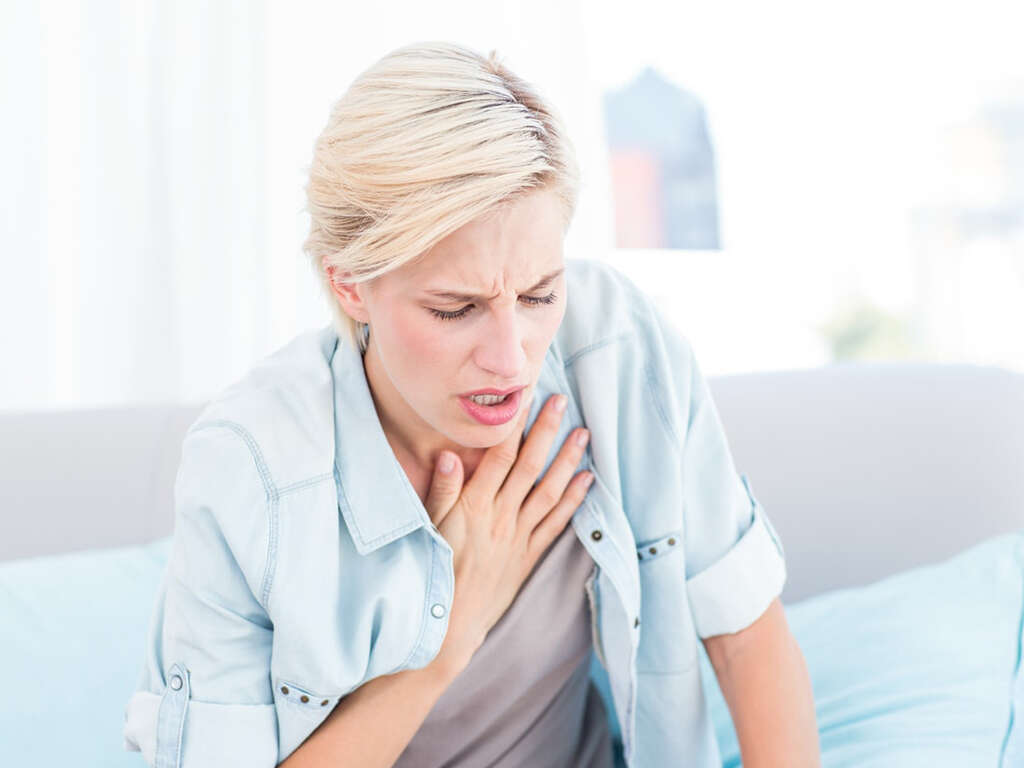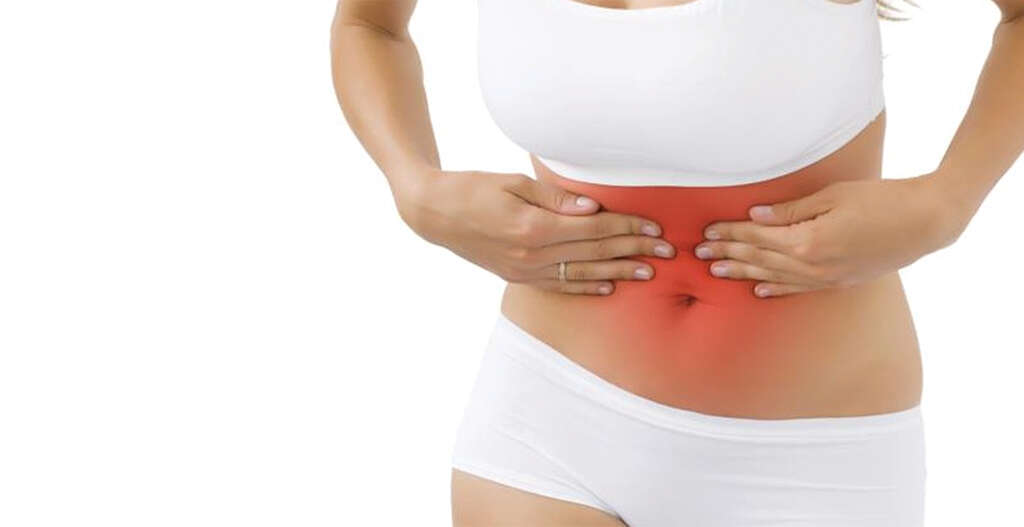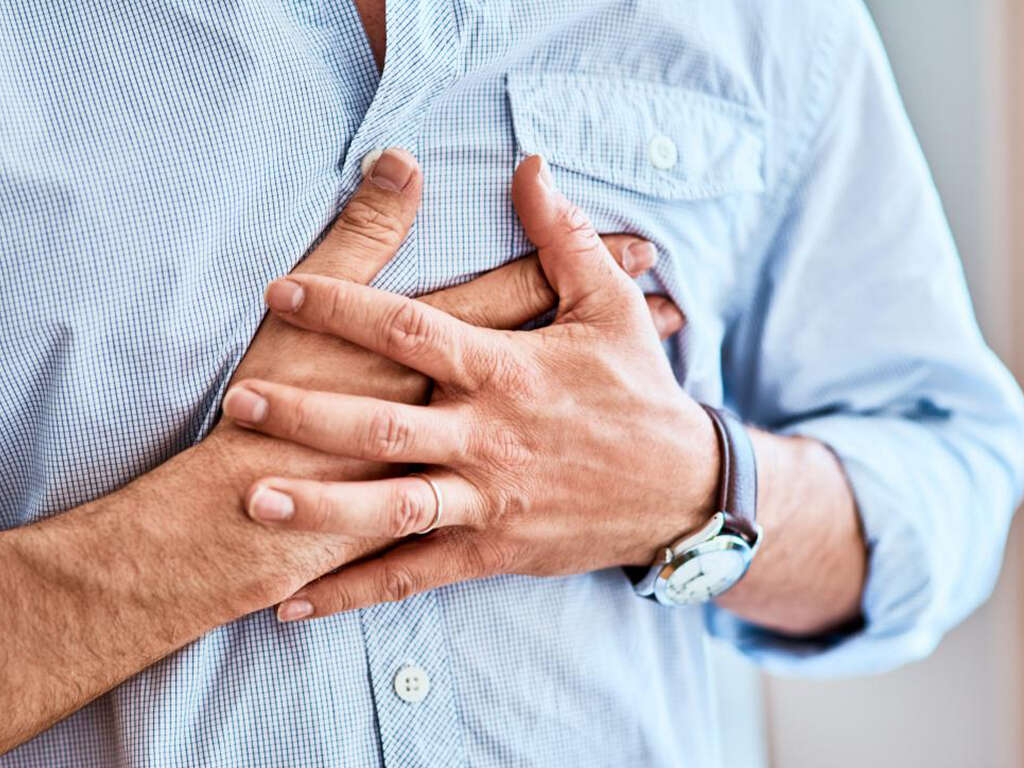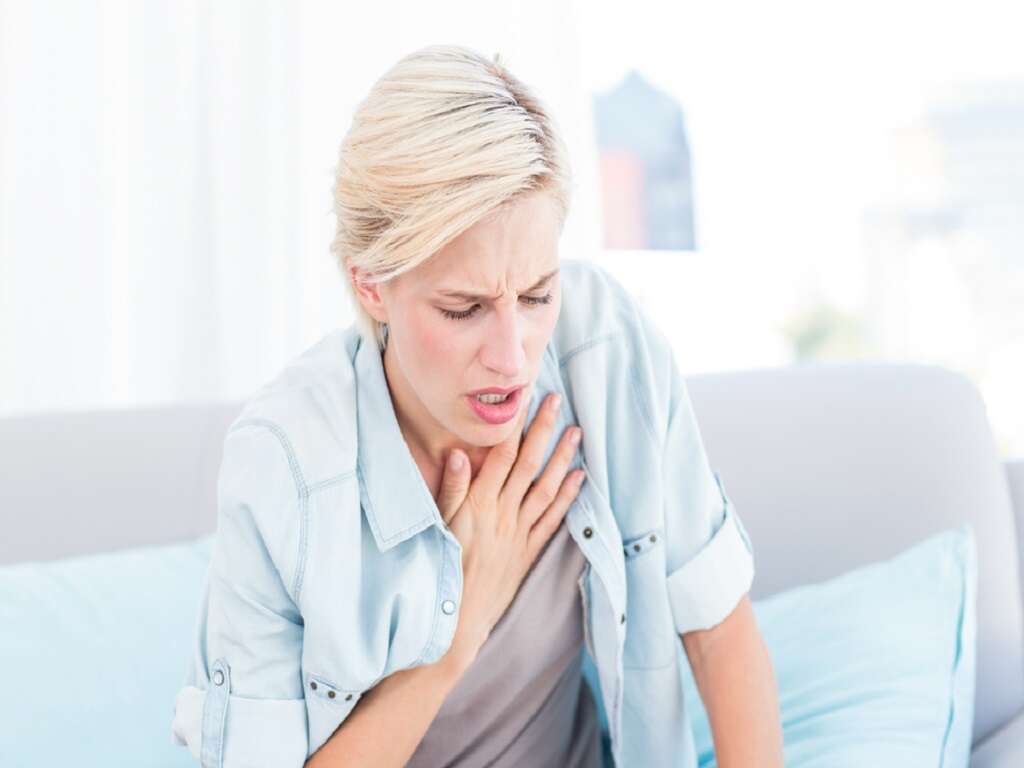10 Signs of A Heart Attack In Women
A heart attack, or a myocardial infarction, is a condition where blood stops flowing to part of the heart, resulting in ischemia and heart muscle damage. A heart attack may lead to complications, such as heart failure, cardiogenic shock, and irregular heartbeat. Most cases of heart attack occur due to underlying coronary artery diseases. Some risk factors of heart attack include smoking, high blood pressure, obesity, lack of exercise, high cholesterol, excessive alcohol consumption, and poor diet.
Electrocardiograms, coronary angiography, and blood tests are some methods used to diagnose a heart attack. The treatment of a myocardial infarction is time-critical. Aspirin can be taken for immediate treatment. Other treatments include nitroglycerin, opioids, beta blockers, statins, supplemental oxygen, thrombolysis, and percutaneous coronary intervention. Heparin can be used to treat a non-ST elevation myocardial infarction (NSTEMI). Individuals with multiple blockages may require a coronary artery bypass surgery. Lifestyle changes, such as diet and exercise as well as long-term aspirin therapy may also help.
Heart Attack In Women Sign #1: Chest Pain
Chest pain is one of the commonest symptoms of a heart attack. Patients often describe it as tightness in the chest or a crushing or squeezing pressure.
The pain does not change with body position and can last for more than twenty minutes. One of the classic signs of a heart attack, known as Levine’s sign, is when someone clenches one or both fists over his or her sternum.
Heart Attack In Women Sign #2: Pain in the Arms, Neck, Jaw, or Back
In some cases, a heart attack can manifest as pain in the arms, neck, jaw, or back. It is an atypical symptom that is usually seen in the elderly and women. The pain can radiate from the upper arm to the wrist and fingers. It usually occurs in the left arm but can also occur in the right arm.
Pain can also radiate upward from the chest to the neck and jaw. Back pain from a heart attack is often felt between the shoulder blades.

Heart Attack In Women Sign #3: Palpitations
Palpitations refer to an abnormally fast or irregular heartbeat. It is a nonspecific symptom observed in many conditions, such as anxiety, asthma, hyperthyroidism, and coronary heart disease.
With the heart suffering from the lack of oxygen, palpitations are a logical symptom seen in patients with a heart attack. If you are suffering from palpitations and chest pain, you should seek medical attention as soon as possible.
Heart Attack In Women Sign #4: Shortness of Breath
Shortness of breath is known medically as dyspnea. It occurs when an individual must make an extra effort to breathe normally. Some characteristics of dyspnea include discomfort while breathing, tightness in the chest, and air hunger (the feeling that there is not enough oxygen).
While it is normal during activities that require heavy exertion, it is also a symptom seen in asthma, interstitial lung disease, pneumonia, congestive heart failure, heart attack, chronic obstructive pulmonary disease, panic disorder, psychogenic causes, and anxiety. Treatment depends on the underlying cause.

Heart Attack In Women Sign #5: Diaphoresis
Profuse Sweating is also known as diaphoresis. Diaphoresis is pathological sweating that occurs during abnormal conditions.
In a heart attack, diaphoresis occurs because of increased firing in the sympathetic nervous system. Patients who experience diaphoresis and also have other risk factors for a heart attack should seek medical attention to rule out a heart attack.
Heart Attack In Women Sign #6: Nausea and Vomiting
Nausea is a sensation of unease and discomfort that often includes an urge to vomit. Vomiting is the involuntary and forceful expulsion of stomach contents through the mouth and sometimes the nose. It is also known as puking, barfing, throwing up, or emesis.
Both nausea and vomiting are common and nonspecific symptoms that are observed in many conditions, such as pregnancy, food poisoning, and cases of severe pain. Severe pain may be a contributing factor to nausea and vomiting in heart attack patients.

Heart Attack In Women Sign #7: Light-headedness or Fainting
Light-headedness is a sensation of dizziness that may cause someone to faint. The condition may be short-lived, recurring, or prolonged, although most cases are self-limiting and tend to resolve on their own.
Causes of light-headedness include inadequate blood supply, shortage of oxygen to the brain, low blood pressure, dehydration, low blood sugar, hyperventilation, anemia, and panic attacks. Treatment depends on the underlying cause.
Heart Attack In Women Sign #8: Upper Abdominal Pain
The pain and pressure associated with a heart attack often occur in the upper abdomen or epigastric region, the same area where a person experiences heartburn. The pain feels like discomfort or heaviness rather than a stabbing or sharp pain.
Some patients also experience burping similar to indigestion. Patients who exhibit these symptoms and who have other risk factors for a heart attack should seek medical attention as soon as possible.

Heart Attack In Women Sign #9: Anxiety
Feeling anxious is a normal response to certain situations. Sometimes patients with early symptoms of a heart attack may develop a feeling of imminent death.
Many conditions may cause this symptom to appear and in some cases like a panic attack, chest pain may also occur. Therefore, a healthcare professional needs to diagnose the condition.
Heart Attack In Women Sign #10: General Malaise
Malaise is a general feeling of discomfort, pain, or uneasiness. Patients often describe malaise as a feeling that “something is not right” without knowing the exact cause. It is a nonspecific symptom that is often the first indication of disease or infection.
Malaise can be seen in various conditions, such as hunger, hypoglycemia, vasovagal response, cancer, heart attack, stroke, and internal bleeding. Experts believe it is due to the activation of the body’s immune response and the release of proinflammatory cytokines.










